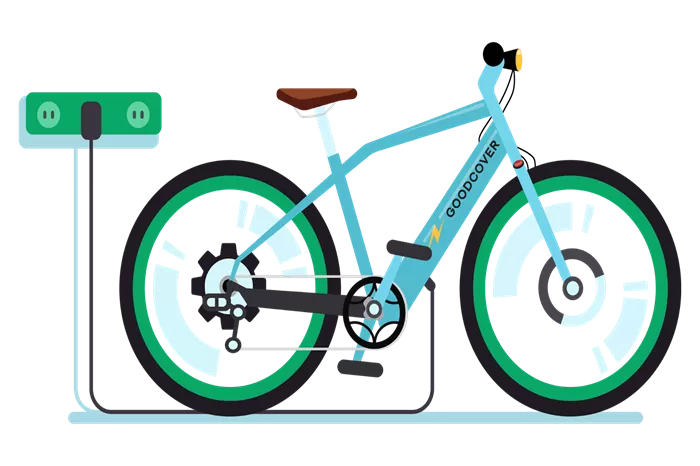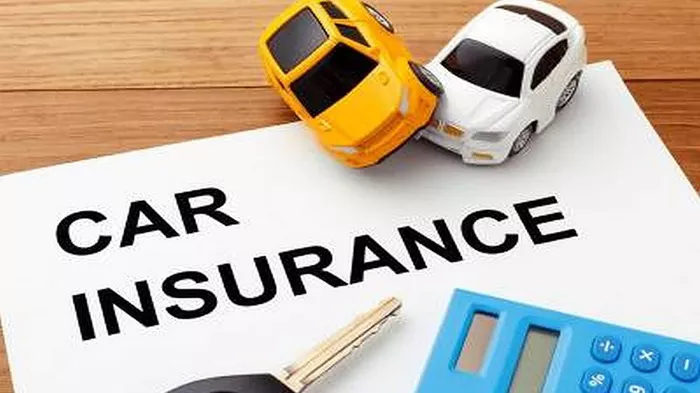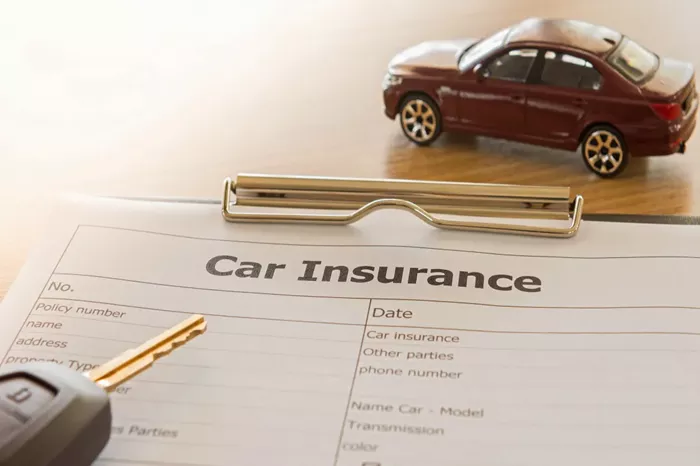Floods can happen anywhere. Whether you live near the ocean, by a river, or even in a neighborhood that never flooded before, there is always a chance. Most homeowners think they are covered through their basic flood insurance policy, but that might not always be true. Sometimes, a basic policy is not enough to cover all the damage caused by a major flood. That is where excess flood insurance comes in.
What is excess flood insurance and why might you need it? Excess flood insurance is a second layer of protection. It helps pay for damage when the cost goes beyond what your standard flood insurance covers. It is especially useful for people who own high-value homes, expensive personal belongings, or live in flood-prone areas.
In this article, we will explain what excess flood insurance is, why it matters, how it works, who needs it, and how to buy it. Everything will be explained using simple words and examples, so you can understand your options without confusion.
What Is Flood Insurance?
Before we get into excess flood insurance, let’s first explain flood insurance in general.
Flood insurance is a special type of insurance that pays for damage caused by flooding. Flooding is not usually covered by a regular homeowners or renters policy. So, if your home is damaged by rising water due to a storm, heavy rain, melting snow, or overflowing rivers, your regular insurance might not help.
Most people buy flood insurance through the National Flood Insurance Program (NFIP), which is managed by FEMA (Federal Emergency Management Agency). The NFIP offers standard coverage for:
The building structure
Plumbing and electrical systems
Appliances
Some built-in items like cabinets
Foundation walls and staircases
It also offers limited coverage for personal property, such as furniture, clothing, and electronics.
However, the NFIP has coverage limits. As of now, it only covers up to:
$250,000 for the building
$100,000 for personal belongings
For many people, especially those with expensive homes or valuables, this may not be enough. That’s when excess flood insurance becomes important.
What Is Excess Flood Insurance?
Excess flood insurance is extra coverage that goes beyond what the NFIP or your primary flood insurance covers. Think of it as a backup plan that kicks in when your main flood policy runs out of money.
Here’s a simple example:
Imagine your home is worth $500,000. A big storm causes major flood damage, and the repairs cost $400,000. If you only have the NFIP policy, you’ll get a maximum of $250,000 for the structure. You’ll have to pay the remaining $150,000 out of your own pocket.
But if you had excess flood insurance, it could help cover that extra $150,000. This can save you from huge financial losses and help you rebuild your life faster.
Excess flood insurance can also cover:
Additional living expenses (such as hotel stays if your home is unlivable)
Replacement cost coverage for contents (rather than the actual cash value)
Higher limits for personal belongings
Basements, which are often only partly covered by standard flood insurance
Who Sells Excess Flood Insurance?
Excess flood insurance is not part of the NFIP. It is sold by private insurance companies. Many well-known insurance brands offer this type of policy. You can either buy it directly or go through an insurance agent.
Some companies will only sell you excess flood insurance if you already have a base policy with them. Others may allow you to buy it even if your main policy is with the NFIP.
It’s important to shop around. Prices and coverage details can vary from one company to another. Make sure to compare options and ask questions.
Who Needs Excess Flood Insurance?
Not everyone needs excess flood insurance, but for some, it’s a smart choice. You might need it if:
You Own a High-Value Home
If your home is worth more than $250,000, and you want full protection, excess flood insurance can help. It makes sure you are not stuck paying large costs if a flood damages or destroys your house.
You Have Expensive Belongings
Maybe you own artwork, jewelry, electronics, or high-end furniture. The NFIP limit for contents is only $100,000, which might not be enough. Excess flood insurance can raise that limit and give you peace of mind.
You Live in a High-Risk Area
Flood zones are marked by FEMA. If your property is in a high-risk area (like a coastal zone or near a river), you have a higher chance of flooding. A bigger policy might be needed to fully protect your property.
You Want Additional Living Expenses Covered
The NFIP does not pay for your hotel, meals, or other living expenses if you have to move out during repairs. Some excess policies include this, which can be a big help after a flood.
You Run a Business from Home
If you work from home or keep expensive equipment at home, you could lose income or valuable tools due to flood damage. An excess policy may help cover those losses, depending on the insurer.
How Much Does Excess Flood Insurance Cost?
The cost of excess flood insurance depends on several things, such as:
The value of your home and contents
Your location and flood risk
Your chosen coverage amount
The deductible you pick
Whether your home has flood-resistant features
It’s usually cheaper than primary flood insurance because it only applies after your base coverage is used up. Some people pay a few hundred dollars a year, while others may pay more based on risk.
The best way to find out is to get quotes from multiple insurers. They will ask questions about your home, past flood history, and what you want to cover. Then they will give you price options.
How to Get Excess Flood Insurance
Getting excess flood insurance is usually easy. Here are the basic steps:
Step 1: Check Your Current Coverage
Look at your current flood insurance policy. What does it cover? What are the limits? Is there a gap between the value of your home and what the policy covers?
Step 2: Talk to an Insurance Agent
Speak to a licensed insurance agent who understands flood insurance. They can help you figure out how much extra coverage you need and which companies offer it.
Step 3: Get Quotes
Request quotes from different insurers. Compare not just the prices, but also the terms, what is covered, what is excluded, and how the claims process works.
Step 4: Choose the Right Policy
Pick the policy that gives you the coverage you need at a price you can afford. Make sure you understand the deductible and what happens when you file a claim.
Step 5: Maintain Both Policies
Keep your primary flood policy active and pay premiums on time. Your excess policy only works if your base policy is in effect. If your base policy ends, your excess coverage may also become void.
What Does Excess Flood Insurance Cover?
Coverage varies by insurer, but in general, excess flood insurance can help with:
Repair or rebuild costs above the NFIP limit
Replacement of personal belongings above $100,000
Additional living expenses (meals, hotels, transport)
Damage to basements and below-ground areas
Replacement cost value (not depreciated value)
Always read the policy to see exactly what is covered and what is not.
What Are the Limits of Excess Flood Insurance?
While excess flood insurance adds protection, it still has limits. Here are some things to keep in mind:
It won’t cover damage not caused by flooding. (For example, wind damage from a hurricane is handled by other types of insurance.)
It may not cover mold or mildew unless directly caused by the flood.
Some items might be excluded, such as cars, cash, or outdoor property.
You still have to pay a deductible before the coverage starts.
You cannot buy it alone—it must follow a primary policy.
Make sure you understand these limits and talk to your agent if you have questions.
Why Flood Insurance Alone Might Not Be Enough
Many people think they are safe because they have flood insurance. But the reality is that the NFIP has strict limits. A big flood can easily cause more damage than the basic policy covers.
Also, some areas are seeing more frequent and stronger storms due to climate change. That increases the risk of flood damage, even in places that were once considered safe.
If you have worked hard to build a home, gather belongings, or grow your family’s comfort, it makes sense to protect all of it—not just part of it.
Common Myths About Excess Flood Insurance
“I Don’t Live Near Water, So I Don’t Need It.”
Floods can happen from heavy rain, clogged drains, or melting snow. Many flood claims come from areas not considered high-risk.
“My Home Insurance Will Cover It.”
Most homeowners policies exclude flood damage. You need separate coverage.
“I’ll Get Help From FEMA.”
FEMA disaster help is not the same as insurance. It may only offer small grants or loans—not full rebuilding costs.
“It’s Too Expensive.”
Excess flood insurance is often affordable, especially when you compare it to the cost of repairing or rebuilding your home.
Conclusion
Flooding is unpredictable. It can happen in ways and places you don’t expect. While a standard flood insurance policy offers basic protection, it may not be enough if you own a valuable home or expensive belongings.
Excess flood insurance is designed to fill that gap. It helps you recover more fully and faster after a disaster. It offers peace of mind, knowing that one storm won’t wipe out everything you’ve worked for.
Related topic:
What Is Preferred Risk Flood Insurance and Who Needs It?




















